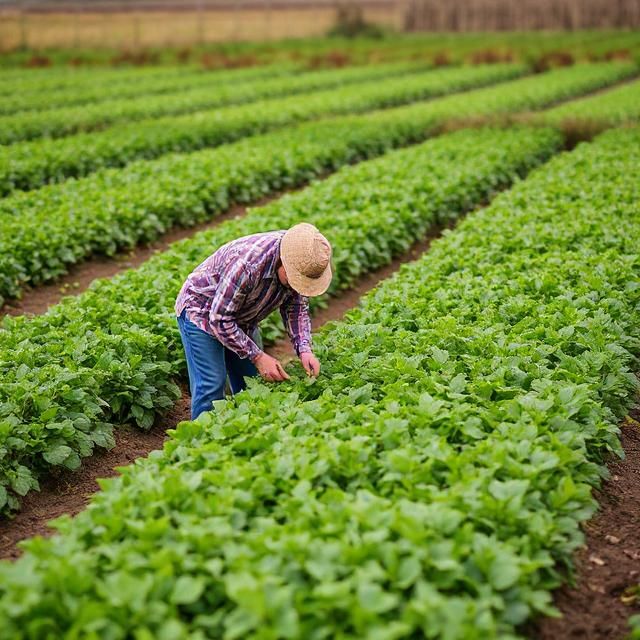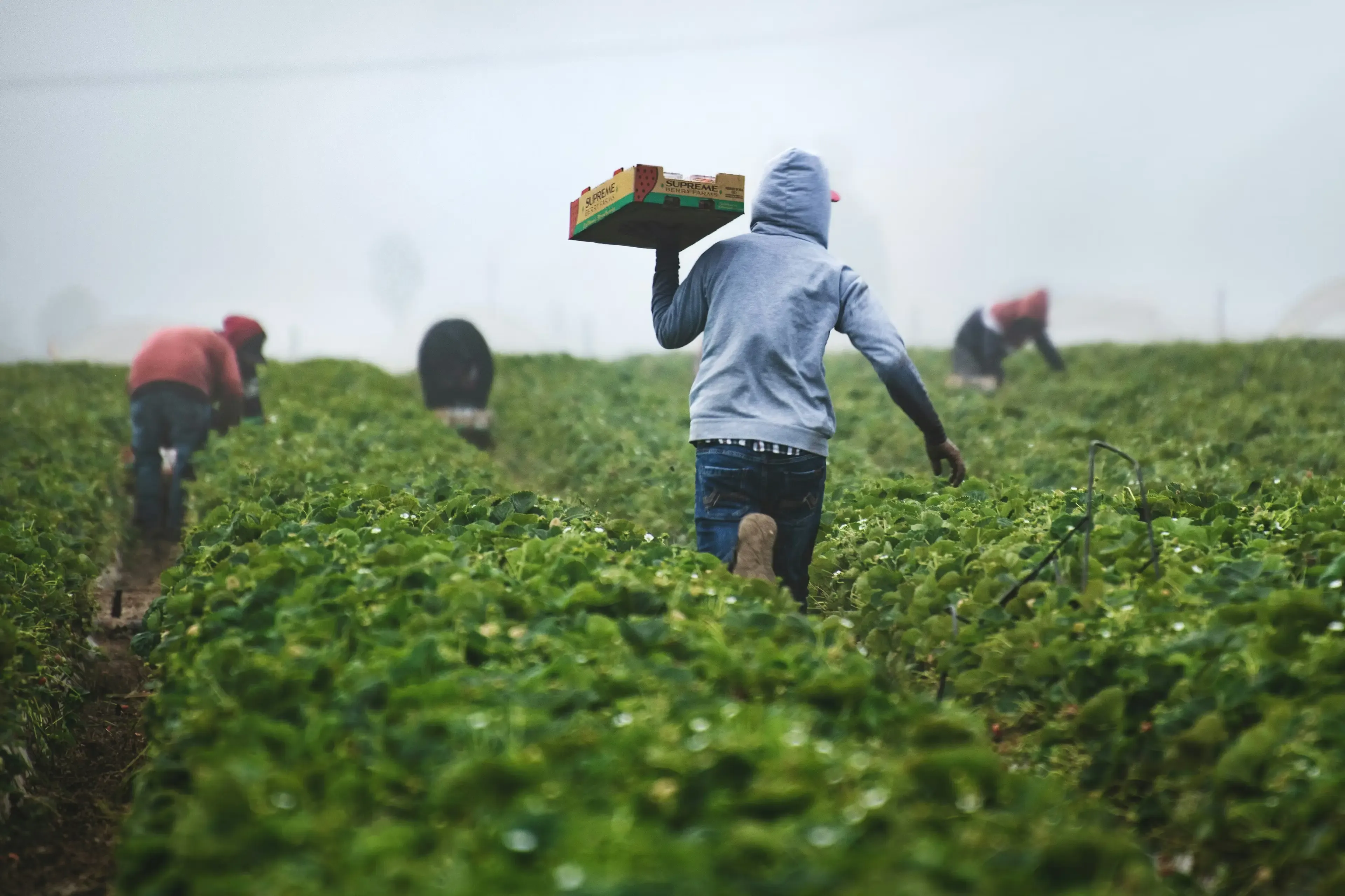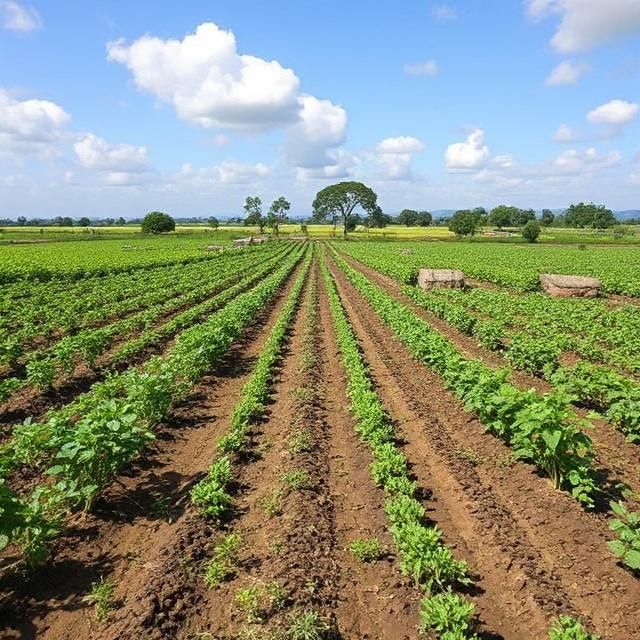Agroforestry in Nepal: Sustainable Solutions for Mountain Communities
Agroforestry in Nepal integrates traditional farming practices with forest conservation, providing sustainable livelihoods for rural communities while preserving the fragile mountain ecosystems of the Himalayan nation.

Krishiban
18 May, 2025

56 Views
Sustainable Solutions for Mountain Communities
Nepal, a country of remarkable geographic diversity, has long embraced agroforestry as a solution to its unique agricultural challenges. From the fertile Terai plains to the rugged middle hills and towering Himalayan highlands, Nepalese farmers have developed sophisticated agroforestry systems that reflect the country's varied topography and climate zones.
Traditional agroforestry practices in Nepal date back centuries, with farmers recognizing the symbiotic relationship between trees and crops. The "home garden" system, prevalent throughout the middle hills, exemplifies this approach. These meticulously managed spaces combine fruit trees like citrus, banana, and lychee with vegetables, medicinal plants, and livestock in a multilayered structure that maximizes limited land resources while ensuring year-round food production.
In recent decades, Nepal has made significant strides in institutionalizing agroforestry. The community forestry program, initiated in the 1970s, has transferred forest management to local communities, empowering them to integrate sustainable forestry with agriculture. Today, over 22,000 community forest user groups manage approximately 2.2 million hectares of forest land, representing one of the world's most successful community-based natural resource management programs.
Climate change presents a growing threat to Nepal's agricultural sector, with irregular rainfall patterns, increased temperatures, and extreme weather events becoming more common. Agroforestry offers a resilient alternative to conventional farming, as tree cover provides protection against soil erosion, landslides, and flash floods—all persistent hazards in the mountainous terrain. Moreover, the diverse plantings characteristic of agroforestry systems provide a safety net for farmers, ensuring that if one crop fails, others might survive.
The economic benefits of agroforestry in Nepal extend beyond food security. Timber, fuelwood, fodder, and non-timber forest products like honey, medicinal herbs, and resin provide additional income streams for rural households. In the Koshi Hills region, cardamom cultivation under nitrogen-fixing alnus trees has become a lucrative enterprise, with Nepal now ranking as one of the world's leading cardamom exporters.
The ul element
- Coffee
- Tea
- Milk
Despite its promise, agroforestry in Nepal faces several challenges. Land fragmentation, limited technical support, and market access constraints hinder widespread adoption. Policy frameworks, while improving, still sometimes treat agriculture and forestry as separate domains rather than integrated systems.
International organizations and NGOs have recognized these challenges and partnered with the Nepalese government to promote agroforestry. Projects funded by agencies like USAID, DFID, and the World Bank have introduced improved tree varieties, trained farmers in sustainable management techniques, and established market linkages for agroforestry products.
The ul element
- Coffee
- Tea
- Milk
As Nepal continues its development path, agroforestry stands as a model for sustainable land use that balances economic needs with environmental conservation. By building on traditional knowledge while incorporating modern scientific approaches, Nepal's agroforestry systems offer valuable lessons for mountain communities worldwide facing similar challenges of food security, climate resilience, and environmental protection.
H1-Sustainable Solutions for Mountain Communities
H2-Sustainable Solutions for Mountain Communities
H3-Sustainable Solutions for Mountain Communities
H4-Sustainable Solutions for Mountain Communities
H5-Sustainable Solutions for Mountain Communities
H6-Sustainable Solutions for Mountain Communities
| Hello | Banner | Sanner |
| Maar | ban | asnas |
| adam | dsds | hama |
| sasa | dfdf | sas |
Related Blogs

How to Beat Procrastination Using the 2-Minute Rule
25 May, 2025

Top 7 Chrome Extensions for Developers in 2025
25 May, 2025

The Art of Saying “No” Without Feeling Guilty
25 May, 2025

शीर्षक: बर्नआउटको सत्य र समाधान
25 May, 2025

विकासकर्ताहरूले डिजाइन किन बुझ्नुपर्छ?
25 May, 2025

शीर्षक: व्यक्तिगत ब्रान्ड कसरी बनाउने?
25 May, 2025

२०२५ मा नो-कोड उपकरणहरूको बढ्दो प्रयोग
25 May, 2025

दैनिक बानीहरूको मौन शक्ति
25 May, 2025

How to Build a Personal Brand from Scratch
25 May, 2025

Mastering Focus in a World Full of Distractions
25 May, 2025

The Rise of No-Code Tools in 2025
25 May, 2025

The Silent Power of Daily Routines
25 May, 2025

Why food origins matter for a sustainable futures
25 May, 2025

The Resilient Roots: Agriculture in Nepal 🇳🇵
21 May, 2025

दिगो भविष्यको लागि खाद्य उत्पत्ति किन महत्त्वपूर्ण छ ।
21 May, 2025

Why food origins matter for a sustainable future
20 May, 2025